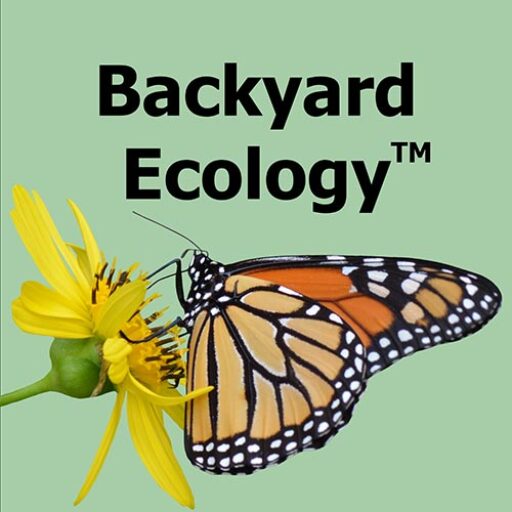Category: Tips for Attracting Pollinators and Wildlife
-
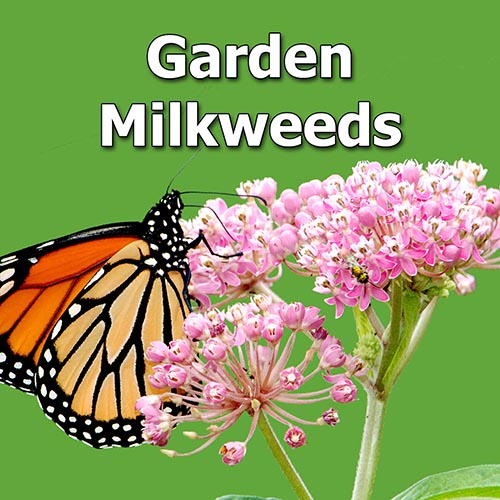
Choose the Best Native Milkweed for Your Eastern U.S. Garden
Learn about 10 species of milkweed that are native to most of the eastern U.S., pros and cons of using them in your home garden, and responsible ways to obtain them.
-
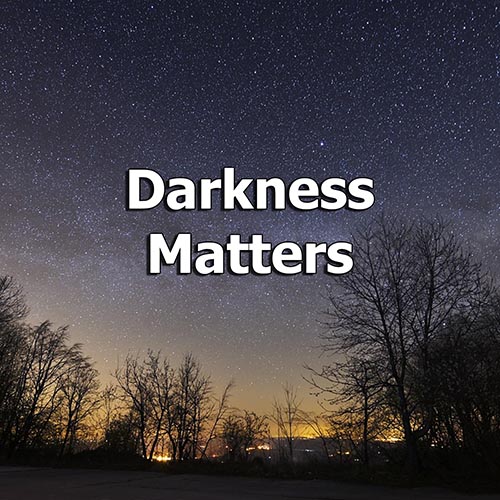
Darkness Matters: Light Pollution’s Threats and Simple Ways to Help
Darkness is an extremely important component of our ecosystem. Unfortunately, we’re losing it to light pollution. Learn simple things you can do to help.
-
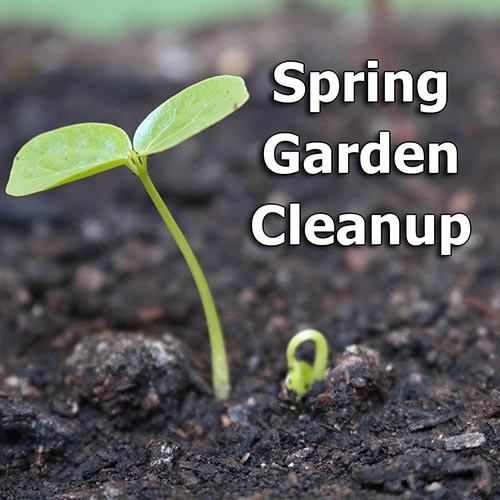
How to Do Spring Garden Cleanup for Pollinators and Wildlife
Discover what to do for an ecological-based spring garden cleanup. Which of the tasks that you delayed doing in the fall still need to be done? And when?
-
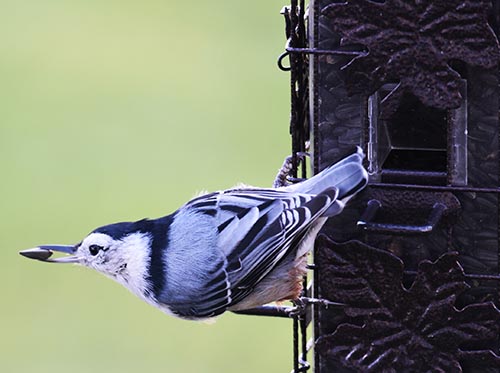
How to Attract More Birds to Your Yard
When someone decides they want to attract birds to their yard, often the first thing they do is put up a birdfeeder (or two). It’s what we did when I was a kid, and it’s what countless other people I know have done. There’s nothing wrong with putting out a birdfeeder. They’re a great way…
-
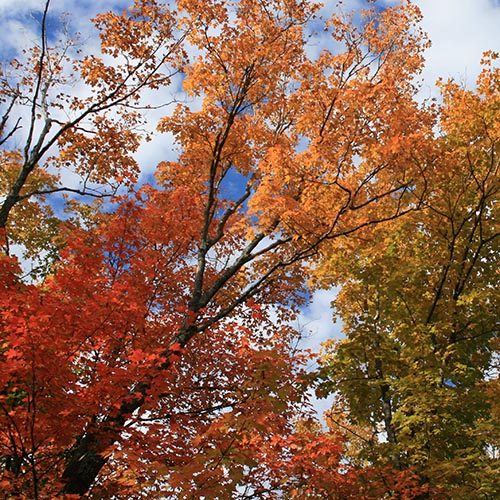
Fall Cleanup in the Pollinator and Wildlife Garden: A Comprehensive Guide to What You Need to Know and Do
When gardening with native plants for pollinators and wildlife, the traditional fall cleanup of the garden is not only unnecessary but could be detrimental.
-
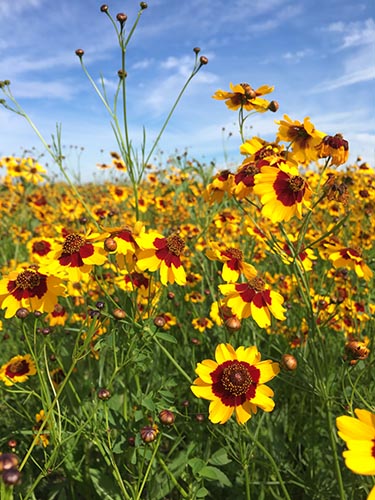
The Secret to Building a Thriving Backyard Ecosystem: Embracing “It Depends”
The secret to building a thriving ecosystem in your yard or community is to understand and embrace the concept of “it depends.”
-
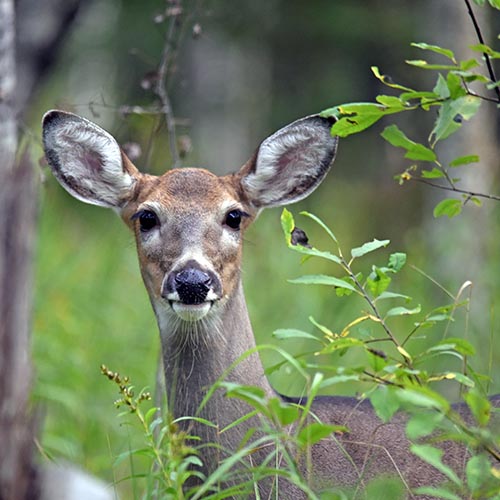
What Happens When a Tree Gets Blown Over? Discovering New Habitats Created by Fallen Trees
Storms are a powerful force of nature. The rain nourishes the land and stimulates life and growth. The wind can bring much needed relief from the stifling heat and humidity of summer. But the wind and rain can also cause flooding, knock out power, topple large trees, and create other challenges in our lives. When…
-
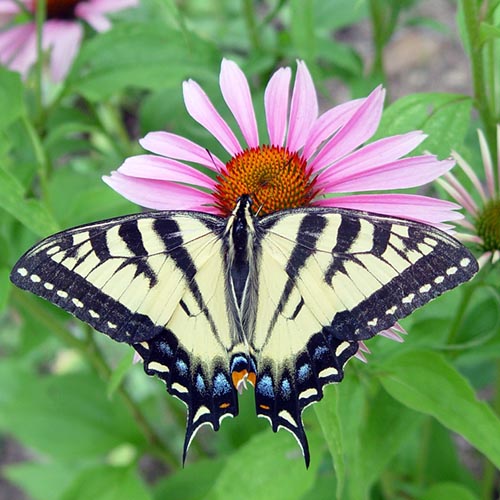
5 Tips for Attracting Butterflies to Your Yard
If you are interested in attracting butterflies to your yard, then you aren’t alone. Many people dream of having lots of beautiful butterflies flitting across their property. To accomplish your dream of attracting butterflies, you may be thinking about planting a butterfly garden or you may have already planted one. Butterfly gardens are extremely popular…
-
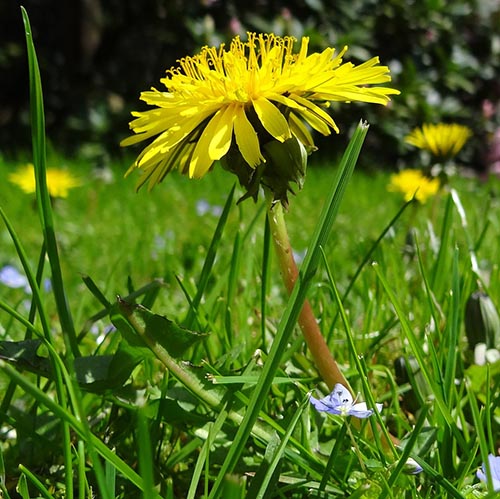
Should I Mow My Yard in May? The No Mow May Debate
For the past few years as April winds down and we enter the month of May, the memes and articles promoting No Mow May seem to explode and are practically everywhere. It’s also something I commonly get asked about when I’m giving presentations or talking to people about making their yards more pollinator and wildlife…
-
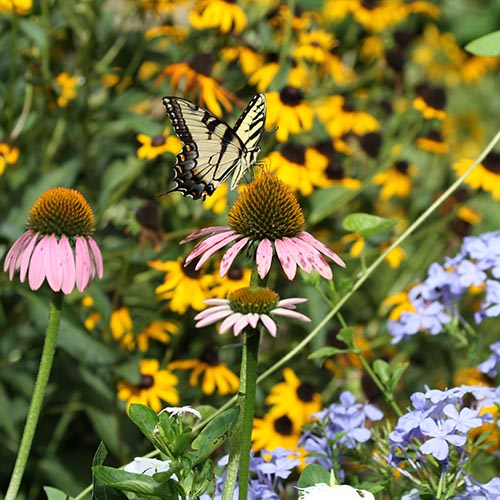
Why Are Some Native Plants Unavailable Early in the Season?
As spring starts to roll around, the garden centers, greenhouses, and nurseries fill up with seeds, bulbs, and pots of brightly colored plants in full bloom. It’s a scenario that plays out every year in just about every town or city. At the same time, the weather is warming up and everyone is getting the…
-
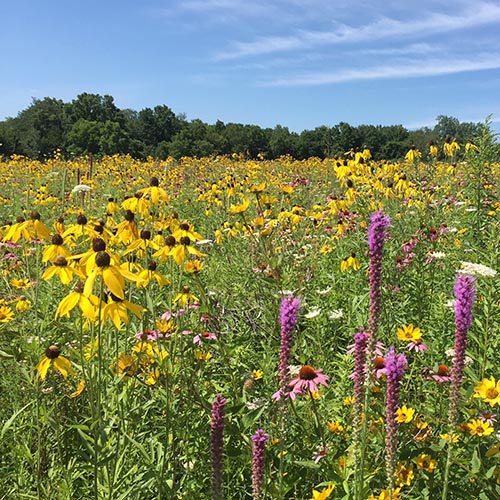
Wildflower vs Native Plant: What’s the Difference?
Browse seed catalogs or walk into almost any big box store’s garden center and there is a good chance that you’ll find one or more seed mixes for sale that are labeled as “wildflower blends.” Some are even marketed as good for pollinator gardens. But just because something is a wildflower doesn’t mean it is…
-
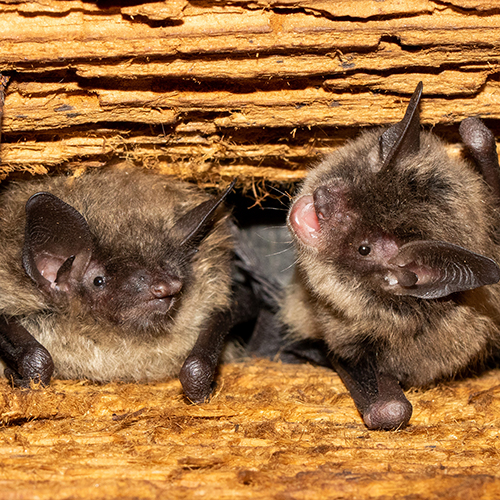
5 Things to Consider Before Buying or Putting Up a Bat Box
Bats are an important part of the ecosystem. In the eastern U.S., all of our bats are insectivorous which means that they eat insects. Many of the insects they eat are ones that we would consider pests. Unfortunately, populations of many of our bat species are declining for a variety of reasons. One of the…
-
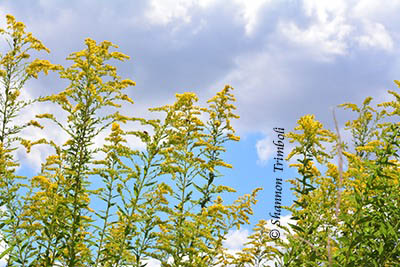
Pollinator Friendly Methods for Mowing Fields
Property owners and land managers will often mow large fields in the fall. Sometimes this is done for aesthetic reasons. Sometimes it is done because “that’s the way it’s always been done.” And sometimes it is done out of a desire to keep trees and other woody vegetation from taking hold in the field, especially…
-
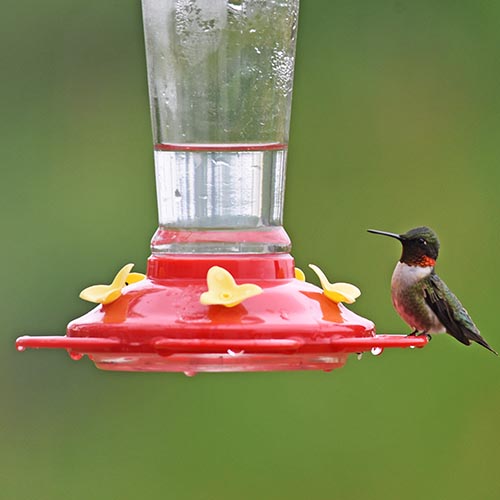
10 Tips for Feeding Hummingbirds: Hummingbird Feeder Safety and Beyond
Hummingbirds are fascinating and common visitors to our yards. Attracting and feeding hummingbirds is a favorite activity of many people. The internet and social media are full of advice for attracting and feeding hummingbirds, and like for most topics, some of the information is good and some isn’t. In fact, some of the information I’ve…
-
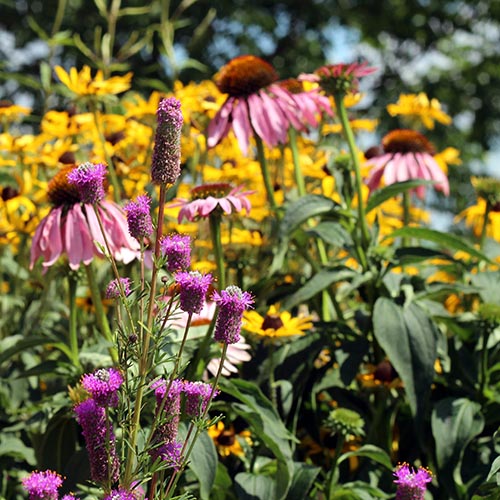
Understanding a Common Saying When Growing Native Plants
Growing native plants is one of the best things you can do to attract pollinators and wildlife. However, if you’ve ever grown native plants either in your garden or in a larger pollinator planting, then you may have noticed that some species are very slow to take off. In fact, the phrase, “The first year…
-
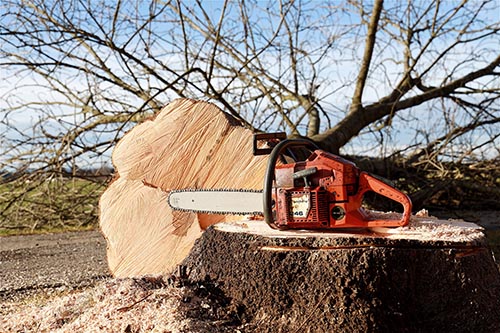
If You Need to Cut Down a Tree, Do It in the Winter
Trees can be valuable components of our ecosystems, not to mention the cooling and other benefits they can provide around our homes. But sometimes you may need to cut down one or more trees. From a wildlife perspective, the best time to cut down a tree will be in the winter. All else being equal,…
-
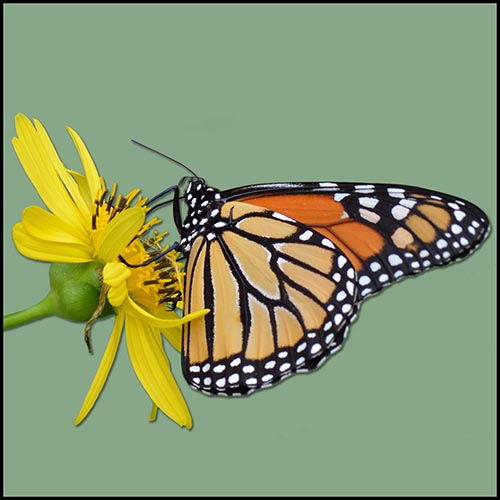
Top 10 Backyard Ecology Blog Articles in 2021
I officially launched the Backyard Ecology blog in September 2020. Over the past 16 months, I’ve written over 50 Backyard Ecology blog articles, in addition to producing Backyard Ecology podcast episodes. The blog articles have covered a wide variety of topics, but generally can be grouped under 4 main categories: Profiles of native critters Profiles…
-
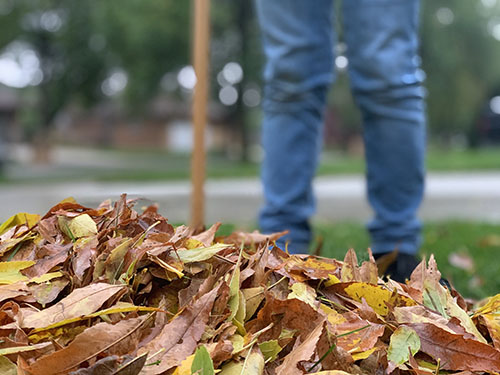
Leave Your Fall Leaves for Pollinators and Wildlife
Think of fall in the eastern U.S. and fall foliage is likely to be high on the list of things that comes to mind. People will drive for hundreds of miles to admire a forest ablaze in bright red, orange, and yellow leaves. More than one vacation, wedding, or other special event is planned each…
-
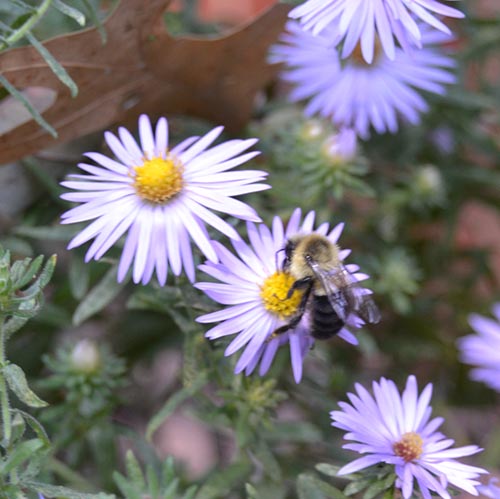
Remember the Shoulder Seasons when Planting for Pollinators
When planting for pollinators, the general advice is to have at least three different things blooming throughout the growing season. For most of the spring, this is easy because it seems like everything is in bloom and everyone has some sort of flowering plant in their yard. I could easily fill a whole book with…
-
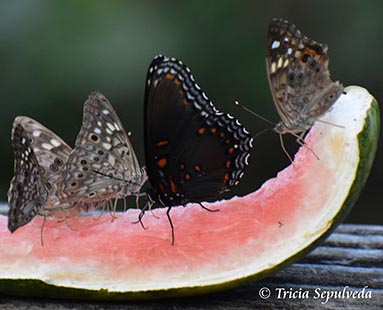
Attract Butterflies with Overripe Fruit and Melon Rinds
We always think about growing flowers when we think about attracting butterflies to our yards. Or, if we’re thinking about the bigger picture, we think about flowers and host plants so that we are feeding both the adult butterflies and their caterpillar babies. However, what many people don’t realize is that not all butterflies are…
-
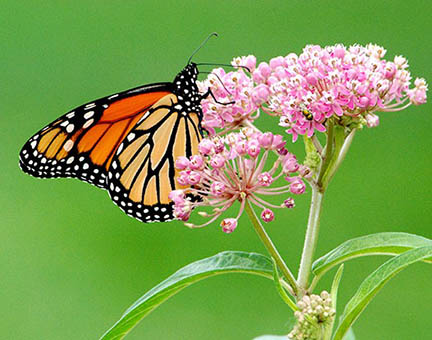
Plant Multiple Species of Native Milkweeds for Monarch Caterpillars
I’m often asked what is the best species of milkweed to grow for monarchs. In many ways, the answer is whatever species is native to your area and has the tastiest leaves for the monarch caterpillars to eat at that particular instant in time. Let’s talk about that statement for a minute, why it’s true…
-
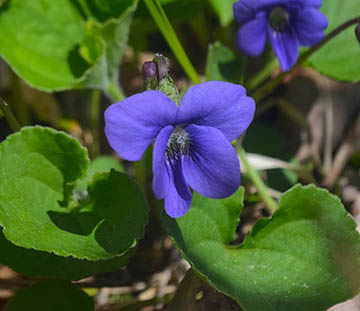
Consider a Living Green Mulch
We all have different aesthetic views. That’s part of what keeps all of our gardens interesting and makes them uniquely our own. Some of us like our beds to be very neatly maintained with expanses of wood mulch separating out each group of plants. Others like to use gravel to segregate their plantings. While still…
-
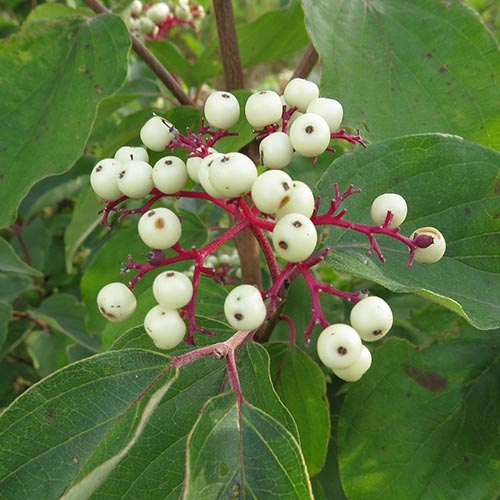
Attract Songbirds by Planting Native Trees and Shrubs that Produce Berries
Planting native trees and shrubs that produce berries is a great way to attract songbirds to your yard. Many of our songbirds rely on berries and other berry-like fruits for at least part of their diet. Some of our migratory songbirds, like gray catbirds, consume a significant amount of fruit, especially during their fall migration.…
-
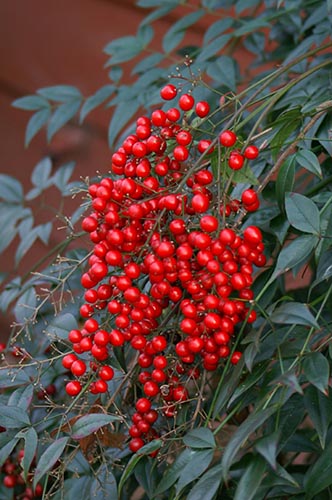
Replace Nandina, the Not So Heavenly Bamboo
By: Anthony Trimboli Nandina (Nandina domestica), also commonly called heavenly bamboo, is an exotic ornamental shrub that is native to India, China, and Japan. Although not an actual bamboo, Nandina does have a cane-like growth pattern and will spread from root suckers. The dark, evergreen foliage and persistent bright red berries, coupled with the near…
-
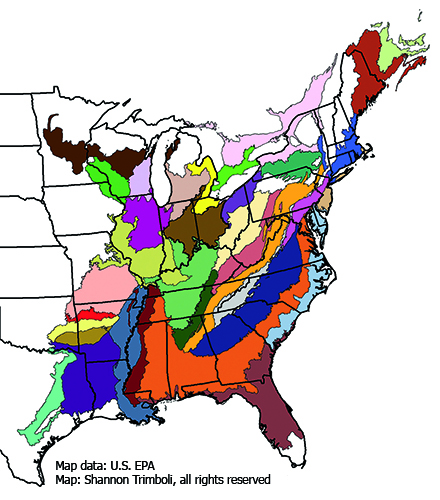
Gardening with Native Plants: Hardiness Zones and Ecoregions
Plant Hardiness Zones Pick up almost any seed packet, read almost any gardening book, or attend almost any gardening class and you are likely to see a USDA plant hardiness map. The map was developed by the USDA and is based on the average minimum winter temperatures for an area. It divides the country into…
-
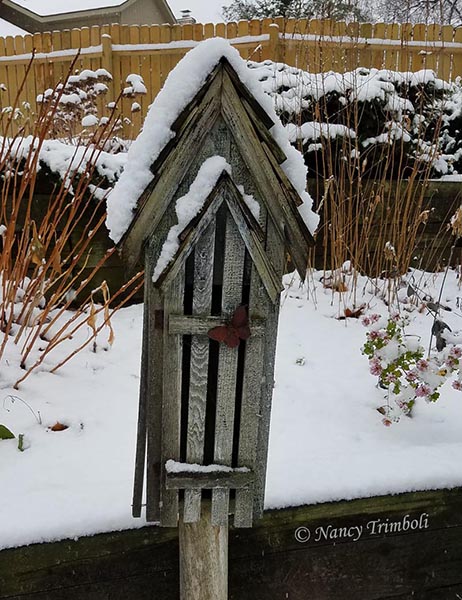
Be Careful if Putting Butterfly Boxes in Your Pollinator Garden
Butterfly boxes, also known as butterfly hibernation boxes or butterfly houses, are long, skinny boxes with thin slits usually on the front. The intent of the butterfly box is to give butterflies a dry place to go during inclement weather or a place to hibernate during the winter. (In the eastern U.S., we have a…
-
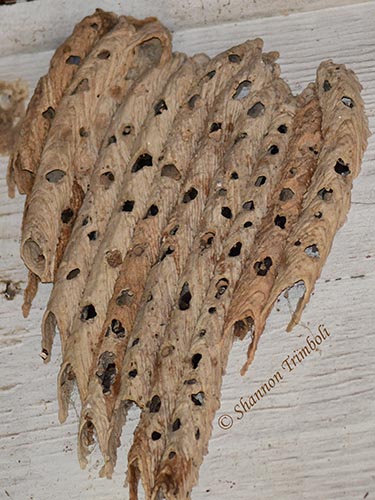
Let Birds Take Care of Mud Dauber Nests
Carolina wrens, woodpeckers, and many of our familiar backyard birds are insect eaters. As you might imagine, insects and other bugs become much more difficult to find during the winter. In natural areas, some of the places that they may forage for bugs over the winter include under tree bark, in the leaf litter, and…
-
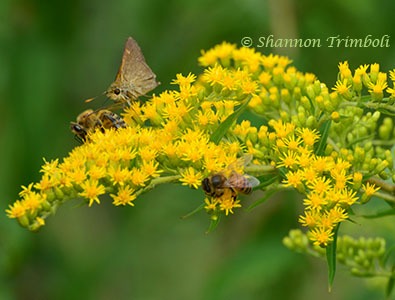
Delay Mowing Fields Until After the First Frost
During the late summer and early fall, wildflowers such as goldenrods, thoroughworts, ironweeds, asters, and many others turn roadsides and fields into a pollinator oasis. Several of our butterfly species in the eastern U.S. migrate for the winter and rely on those flowers to provide them with the energy needed for their migration. Other species…
-
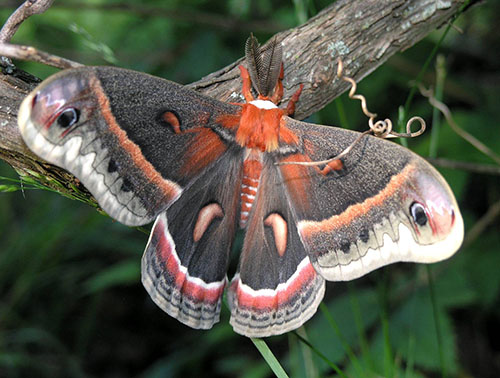
Try Mothing – Attracting and observing moths
While moths are often thought of as being drab and boring, they actually come in a wide range of colors and sizes. Some moths have pink and yellow stripes, others are snow white with black spots, others are pale green, others are yellow with giant orange eye spots, others are brown and red, and the…
-
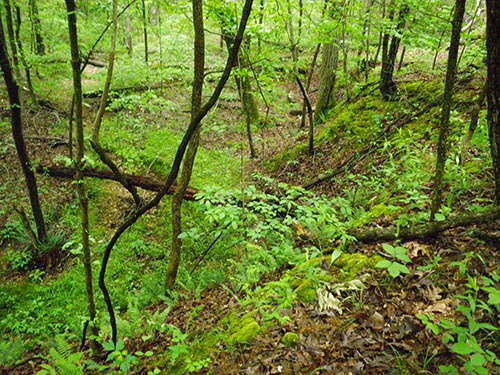
Think About Layers
Often times our humanmade landscapes consist of only one or two vertical layers, for instance an expanse of short, green grass with maybe a couple of tall shade trees. However, this is rarely the case in a healthy, natural ecosystem. In a healthy, natural ecosystem there are all kinds of layers going from the ground…
-
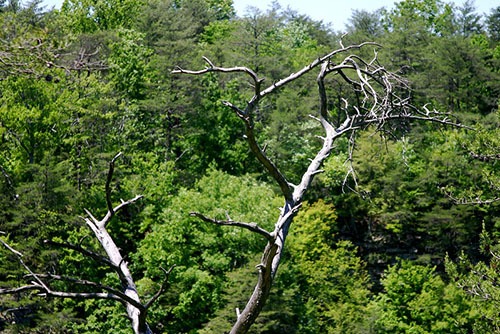
Leave Standing Dead Trees (When Safe)
Standing dead trees, also known as snags, are extremely valuable to wildlife and even some pollinators. Just a few examples of how snags are used by wildlife and pollinators include: Beetle larvae and other wood boring insects create tunnels in the dead tree. Many of these insects then become food for other wildlife such as…
-
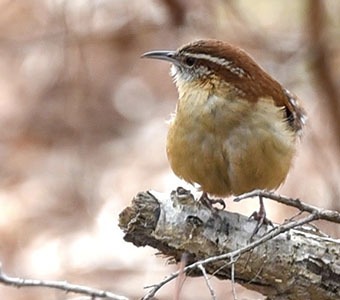
Create a Brush Pile
Brush piles can provide important habitat for songbirds, lizards, snakes, rabbits, and other small mammals. While brush piles are sometimes thought of as “ugly,” they don’t have to be. There are some beautiful, native flowering vines which can be encouraged to grow over the brush pile. The flowering vines are also likely to attract pollinators,…
-
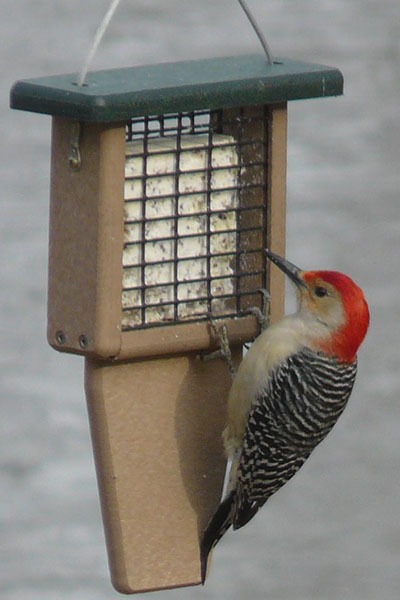
Provide Suet for Winter Birds
When we think about feeding the birds, we often envision bird feeders full of sunflower seeds or other types of bird seed. However during the winter, suet can also be a valuable addition to our bird feeding stations. Technically, suet is the hard fat that cows and sheep have around their kidneys and loins. This…
-
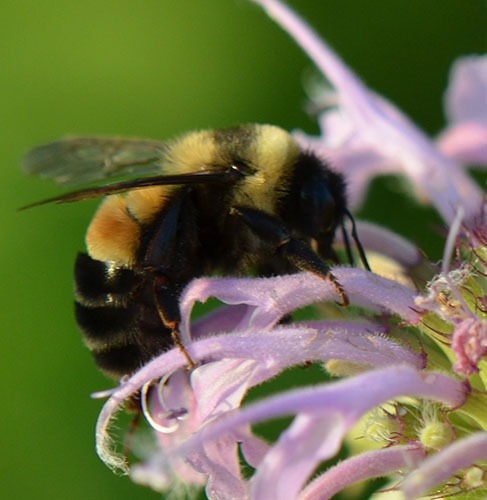
3 Easy Ways to Provide Bumble Bee Nesting Sites
Bumble bees are important pollinators, but they don’t get the attention of their honey bee cousins. In the eastern U.S., there are 21 species of bumble bees, including the federally endangered rusty-patched bumble bee. Bumble bee queens emerge in the early spring and search for a nesting site. She will lay the first eggs and…
-
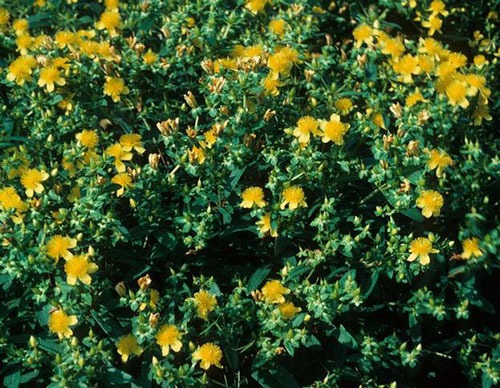
Plant Native Trees and Shrubs in the Late Fall
Although we often think of planting wildflowers and other herbaceous plants for pollinators, trees and shrubs can be extremely beneficial for pollinators. If those trees and shrubs are native, then they tend to support a wider variety of pollinators than their non-native counterparts, and they provide this support to the adult pollinators as well as…
-
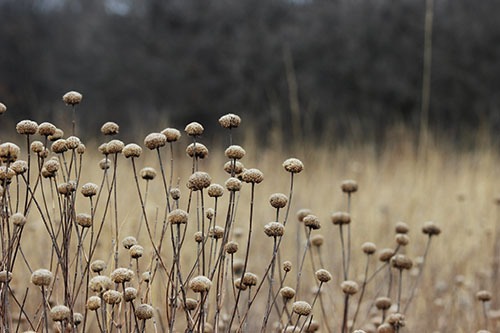
Only Mow Part of a Field Each Year
When mowing or bush hogging a field, only do approximately 1/2 to 1/3 of the field each year. This creates a more complex and multiple-aged habitat which benefits both wildlife and pollinators. For example, many of our butterflies will overwinter as a chrysalis attached to grass or flower stalks. Several of our native bees will…
-
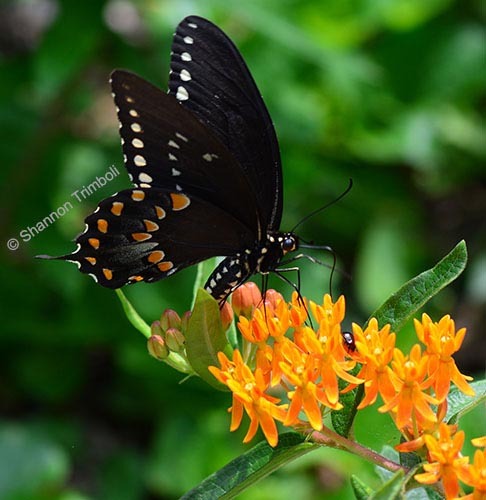
Plant Native Perennial Wildflowers in the Fall
We always think of spring as the planting season, but fall is the perfect time to plant native perennial wildflowers. When we plant in the spring, the flower has to divide its energy between establishing a strong root system and growing the vegetative portion of the plant and perhaps flowering that year. However, when we…
-
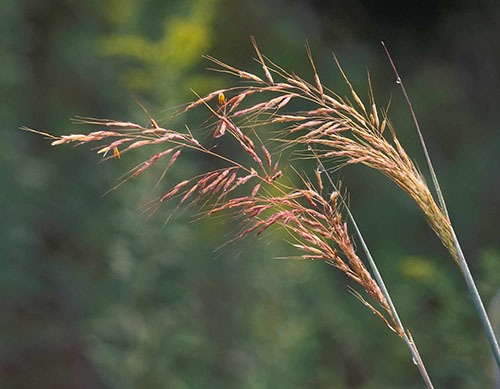
Plant Native Grasses
Wait a minute. Plant grasses? I thought there was a push among those gardening for pollinators and wildlife to reduce yards and grassy areas…. Well, yes, to all of that. The key point here is to plant native grasses like big bluestem, little bluestem, Indian grass, prairie dropseed, and many others. These plants play key…
-
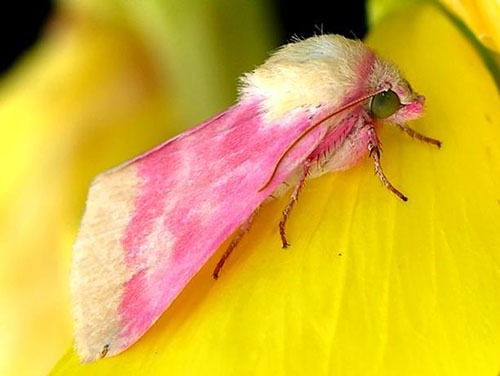
Plant Flowers that Open at Different Times of the Day
When a flower opens, or at least when it produces nectar, is often timed with when its natural pollinators are active. For example, squash flowers open very early in the day and close by the middle of the day. That is because the native pollinator for squash, pumpkins, and gourds is the squash bee which…
-
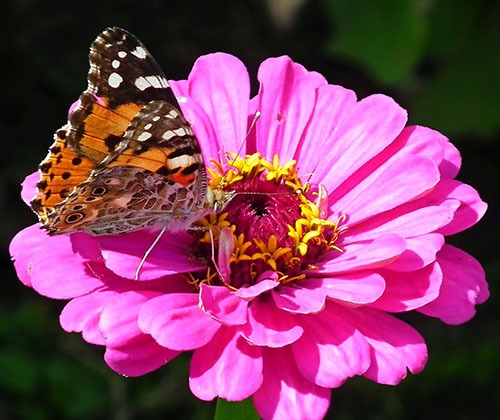
Container Gardens for Pollinators
Many people live in apartments or other locations where they aren’t able to plant large flower beds or gardens. Their gardening efforts may be restricted to a few containers on a small patio. I talk to people all the time who want to do something for the pollinators, but don’t feel like it is an…
-
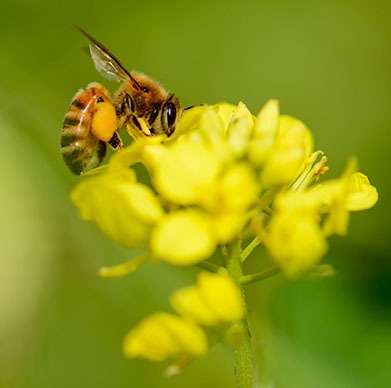
Let Cool Weather Crops and Deer Food Plots Bloom
In the late winter and early spring, many people plant cool weather crops in their gardens. These often include things like broccoli, kale, and cabbage. All of these are in the mustard family. In rural areas, many people also plant deer food plots in the summer and fall. Commercial seed mixes for deer food plots…
-
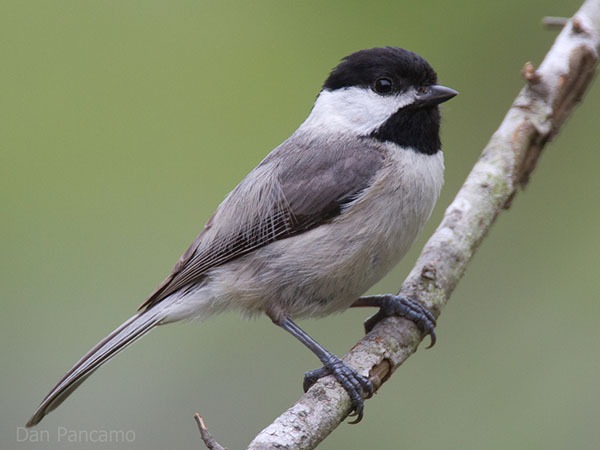
Plant at least 70% of yard in native plants to increase songbird nesting success
Carolina chickadees are not able to successfully raise enough young to maintain their population numbers in areas where less than 70% of the plants are native species, according to new research from the University of Delaware. The study was conducted in backyards throughout Washington, D.C. The research looked at the relationship between Carolina chickadee nesting…
-

3 Ways to Turn Christmas Trees into Wildlife Habitat
This is the time of year when Christmas trees seem to be everywhere. After the Christmas season, many of those trees are hauled out to the curb to be hauled to the landfill. However, did you know that if you have a real Christmas tree that you can use it to create wildlife or fish…
-
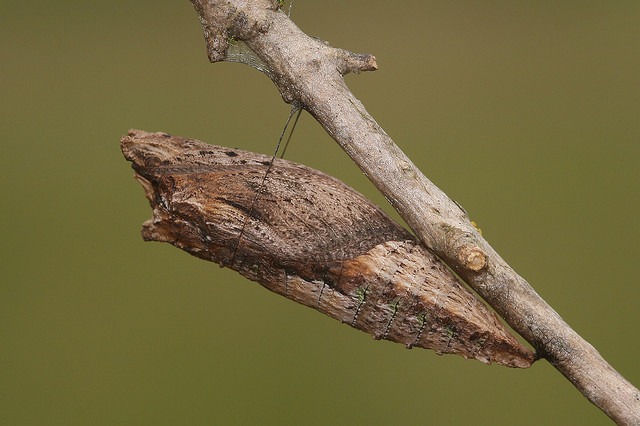
Provide Winter Habitat for Butterflies and Moths
If you are like me, winter is not typically when you think about providing habitat for butterflies and moths. In fact, until I started researching and learning about pollinators, I never even thought about how butterflies and moths survive the winter. I knew monarchs migrated, but didn’t have a clue about our other species. I…
-
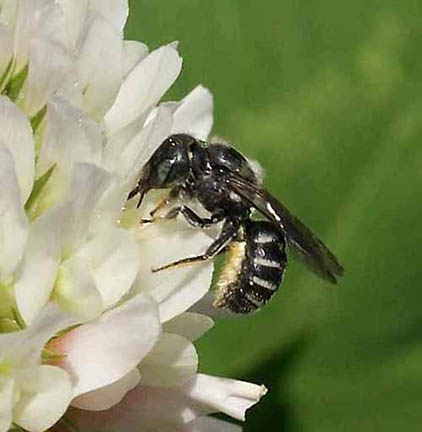
Leave Flower Stems for Bees and Small, Solitary Wasps
Fall is a time when many people “put their gardens to bed” by cutting back their dead flowers and cleaning up their gardens before winter. However, if attracting pollinators to your garden is one of your goals, then you might want to rethink cutting old flower stems to the ground. Some of our small, solitary,…
-
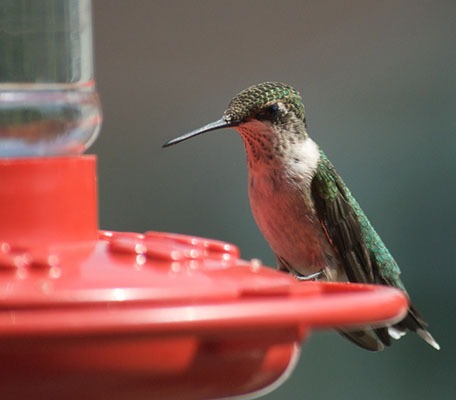
Leave Hummingbird Feeders Up for Fall Migration
Over the next several weeks, our hummingbird numbers will begin to drastically decline as they leave for their wintering grounds in Mexico and Central America. Growing up, I always heard that you should take your hummingbird feeders down in the fall so you don’t encourage the hummingbirds to stick around too long. I still occasionally…
-
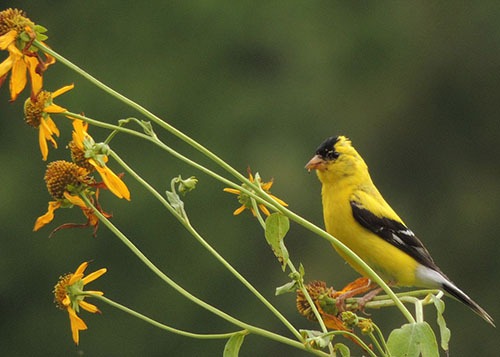
Leave Seed Heads for Songbirds
As we begin the transition from summer to fall, many of our summer flowers are starting to go to seed. It is often tempting to cut off the seed heads in an attempt to make our gardens looks neater, especially if you don’t want the plants spreading anymore. However, songbirds love to eat the seeds…
-

Leave Fields of Fall Wildflowers for Pollinators
Late summer and fall wildflowers such as ironweed, joe-pye-weed, goldenrod, native sunflowers, and asters are important late sources of pollen and nectar for many species of butterflies and bees. If possible, allow these plants to flower in fields and open areas. One simple way of doing this is to delay mowing fields until after the…
-
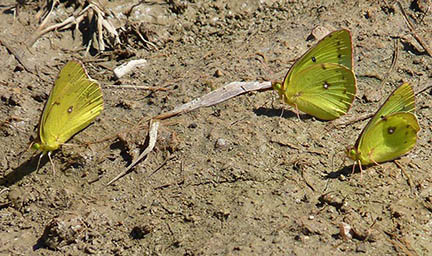
Create Mudding Spots for Butterflies
Butterflies will often congregate around mud puddles, or even just damp soil. These congregation areas are called mudding or puddling spots. Butterflies are drawn to them for the salts and minerals that are dissolved in the water. You can create an artificial mudding spot by providing a wet spot of soil that is free of…
-
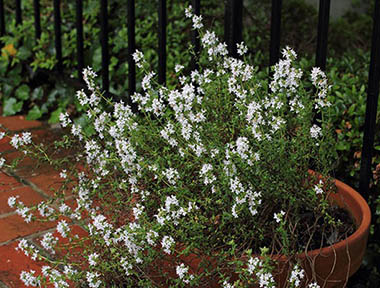
Let Herbs Go to Flower
Herbs taste better before they go to flower, which is why people are often encouraged to pinch off any flower buds that begin to form. However, at some point in mid to late summer, most people have gathered all the herbs they want and may decide to discard the plants. When you get to that…
-

Plant Taller Milkweed Species for Monarchs
A recently published study by researchers at the University of Kentucky compared monarch butterfly usage of seven species of milkweed in small, urban garden settings. The two-year study, found more monarch caterpillars and eggs on the taller milkweed species (swamp milkweed, common milkweed, showy milkweed, and Mexican whorled milkweed), compared to the shorter milkweed species in…
-
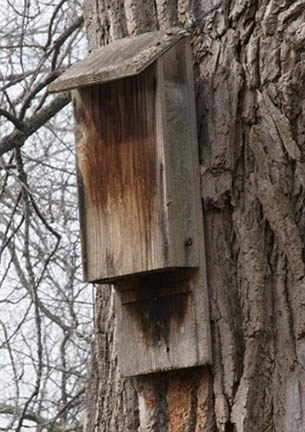
Install a Bat House
Bats play an important role in our ecosystem. Between 15 and 20 species of bats are regularly found in the eastern U.S., with a few other species showing up occasionally. All of the bats that live in the eastern U.S. are insectivores which means they eat insects. In other parts of the country and world,…
-
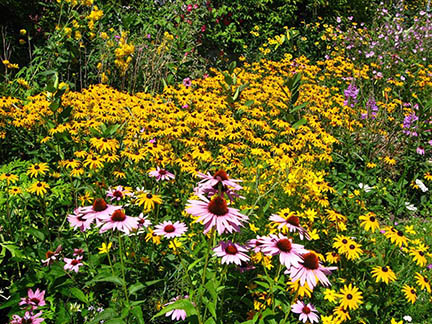
Incorporate Native Plants into Your Landscape
Incorporating native plants into your landscape can be a simple and effective way to attract pollinators and wildlife to your yard. While you can choose to plant only natives, you can also choose to have a mix of native and non-native plants. It doesn’t have to be all or nothing. Below are a few reasons…
-
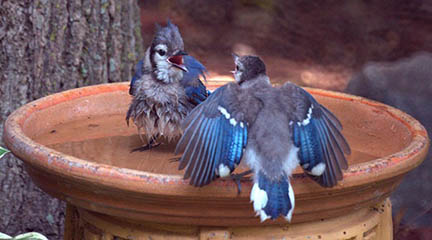
Provide Water for Birds
In nature, birds use puddles, rocky creeks, and other shallow water sources to bathe and drink. However, during the hot, dry, summer months, many of these water sources may dry up. Providing birds and other wildlife with a reliable source of this important resource is a good way to attract them to your yard. You…
-
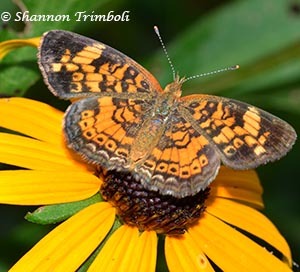
7 Tips for Planting for Butterflies
Butterfly gardens are growing in popularity. When done properly, they can be a great way to attract these beautiful pollinators to your yard. Here are seven tips to keep in mind as you are planting for butterflies. 1) Think about what species of butterflies you want to attract. Different species of butterflies require different food…
-

Plant Wild-Type or Old-Fashioned Varieties
When planting for pollinators, choose wild-type or old-fashioned varieties. Often as plants are bred to be showier and more ornamental, they lose their ability to produce as much nectar and pollen. This makes them less attractive to pollinators. Ornamental roses are one example of this. Honey bees and many other pollinators will work wild roses…
-
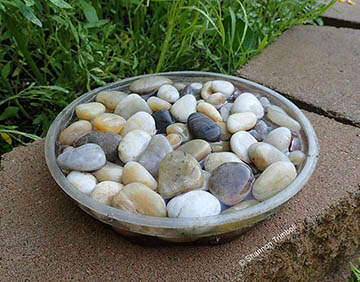
Make a Bee Waterer
Many pollinators will get much of the water they need from the nectar they drink. However, sometimes they need access to additional water sources. Honey bees, especially, need access to lots of water during the summer because they use water to cool their hive. Providing bees and other pollinators with access to water is easy…
-
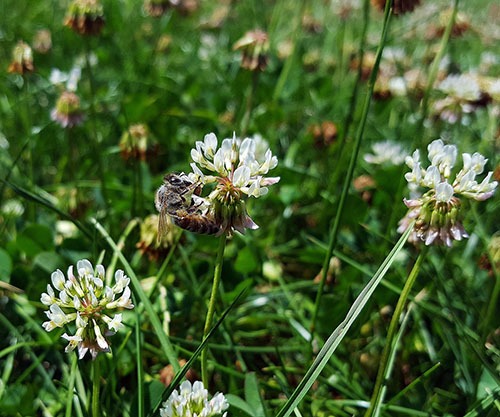
Mow Your Yard Less Frequently
In March 2018, researchers published a new study about the effects of lawn mowing frequency on bee populations in urban yards. Yards in the study were mowed at 1-, 2-, or 3-week intervals throughout the growing season. Before the yards were mowed, the number of dandelions, clovers, and other flowers growing wild in the yard were…
-
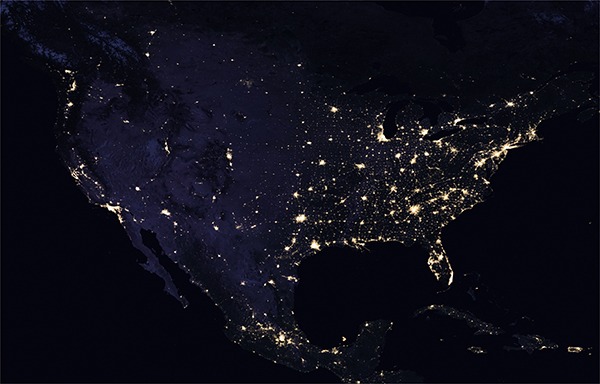
Turn Unneeded Lights Off at Night
Most of us probably don’t realize just how busy the nightlife can be from an animal’s perspective. Just because the sun goes down and people tend to migrate inside our well-lit homes, doesn’t mean that wildlife and pollinators do the same thing. Some species will curl up inside their homes to sleep, but many others…
-
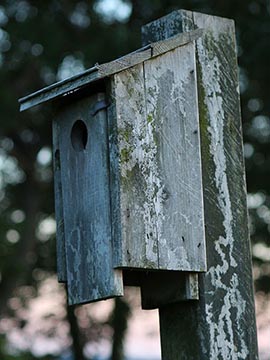
Choose the Right Type of Birdhouse
Birdhouses are often promoted as one way to attract nesting birds, primarily songbirds, to your property. But did you know that different types of birdhouses will attract different types of birds? Or that not all birds will use birdhouses? Or that some birdhouses can actually be harmful to birds? It is important to choose the…
-
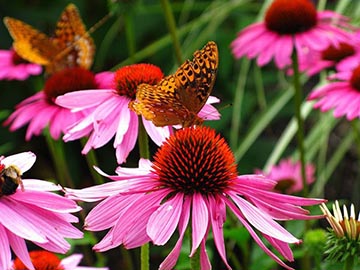
Plant Different Shapes, Sizes, and Colors of Flowers
Different species of pollinators are attracted to different shapes, sizes, and colors of flowers. For example, hummingbirds love red flowers with long narrow flower tubes. However, many bees don’t see the color red and don’t have long enough proboscises (tongues) to reach nectar at the bottom of a long narrow flower tube. Planning your landscape…
-
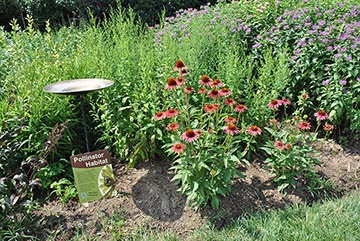
Break Big Projects into Smaller Projects
When planning a large, new pollinator garden or wildlife habitat project, it is easy to get carried away and try to take on too much at once. If you are thinking about starting a big, new project this year, I encourage you to think about how it can be broken into smaller pieces that are…
-
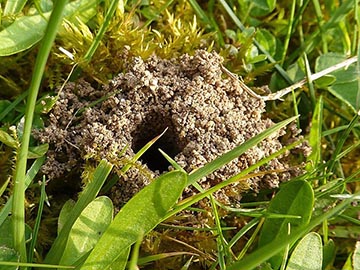
Provide Habitat for Ground Nesting Bees
It is estimated that approximately 70% of bees native to the U.S. nest in the ground. Depending on the species, ground nesting bees may spend as much as 11 months underground developing from an egg into an adult bee. The adult bee may only be active above ground for a few weeks. During those few…
-

Clean and Repair Birdhouses
Spring is rapidly approaching and some of the early nesting songbirds are starting to re-establish their territories. Now is the time to clean and inspect your birdhouses if you haven’t already done so. Even if you cleaned and inspected your birdhouse in the fall, it isn’t a bad idea to do another quick check. The…
-
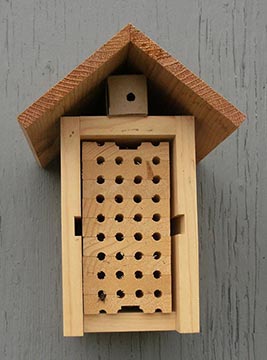
Include a Mason Bee House on Your Property
You don’t have to be a beekeeper to provide a home for bees on your property. Mason bees are a group of bees native to the U.S. They are important pollinators that nest in hollow grasses and other tubes. Mason bees get their name from the walls they build between each egg they lay in…
-

Plant in Mass to Attract Pollinators
Pollinators are more attracted to clumps of the same type of flower, than to individual flowers. One, it’s easier to see the clumps from a distance as the pollinator is flying around. Two, it is more efficient for the pollinator to work a clump of flowers than to have to fly any distance between each…
-
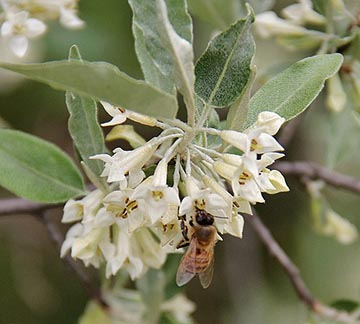
Avoid Planting Invasive Species
Invasive species are species that are not native to an area, but once introduced to an area can spread rapidly and crowd out other species. Not all non-native species are invasive, but some are and those species can cause significant ecological damage. Invasive species also have an economic impact as local, state, and federal agencies…
-
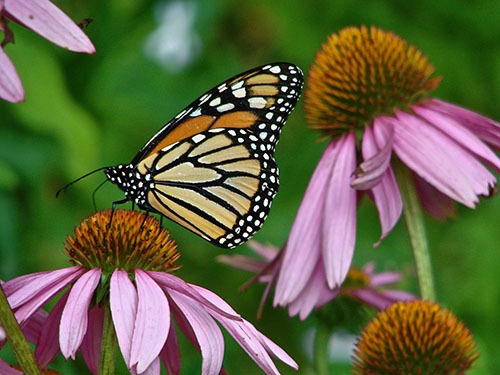
Provide Pollinators with Three Seasons of Blooms
When planting for pollinators, try to incorporate at least three different types of plants that bloom in each of the three growing seasons (spring, summer, and fall). In Kentucky and much of the surrounding region, the growing season typically begins sometime in February and ends with the first killing frosts in late October or November.…
-

Do a Soil Test
A soil test is an inexpensive and valuable investment when planting for pollinators and wildlife. Basic soil tests will tell you the pH of your soil and the availability of potassium, phosphorus, calcium, magnesium, and zinc. This is important information to know because it can help you determine what, if any, amendments you need to…
-
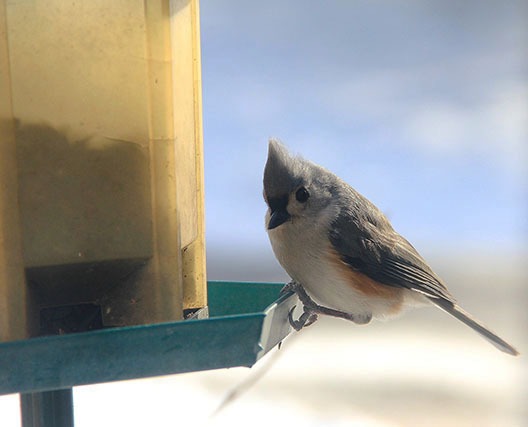
4 Common Types of Bird Seed and the Winter Birds They Attract
Many people enjoy feeding the birds, especially during the winter. It is a great way to attract birds to your home and to an area where you can easily watch them. The types of birds that come to your feeders will depend partly on the types of birds that are in your area and partly…
